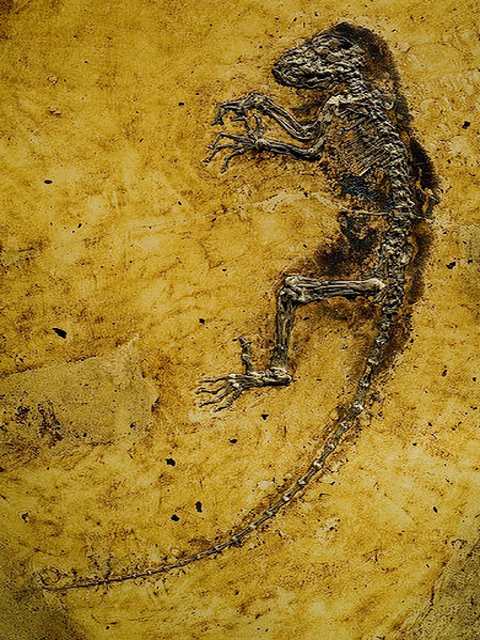Darwinius masillae
Nestled within the annals of paleontological history is a small, yet profoundly significant primate named Darwinius masillae, affectionately known as “Ida.” Unearthed from the Messel Pit in Germany in 1983, Ida has since captured the imagination of scientists and enthusiasts alike. This early primate, dating back to the Eocene epoch, offers a unique glimpse into the secrets of human evolution.
Ida’s story begins with the meticulous work of dedicated paleontologists who pieced together her fossilized remains. As the scientific community unraveled the mysteries of her anatomy, Darwinius masillae emerged as a critical link in the evolutionary chain. Ida’s significance lies not only in her age but in the remarkably preserved details of her skeleton, providing researchers with a wealth of information about the anatomy and behaviors of early primates.
Who Was Ida?
The pivotal question echoed by paleontologists is encapsulated in the project’s title, “Who Was Ida?” This query encompasses not only the literal identity of the fossilized primate but also the broader implications for our understanding of early primate evolution. Ida’s discovery challenges conventional narratives, prompting scientists to reassess and refine their perspectives on the intricate web of connections that led to the emergence of modern primates, including humans.
Delving into the history of Darwinius masillae reveals a fascinating journey through time, marked by the meticulous efforts of paleontologists to piece together the puzzle of our evolutionary past. The Messel Pit, a UNESCO World Heritage site, proved to be a treasure trove of fossils, with Ida standing out as a star attraction. The site’s unique preservation conditions allowed for the remarkable fossilization of soft tissues, offering an unprecedented level of detail that deepens our understanding of early primate life.
As we journey back to the Eocene epoch, Ida becomes a window into a world teeming with diverse forms of life. The reconstruction of her environment, characterized by lush forests and diverse ecosystems, enriches our understanding of the conditions that shaped early primate evolution. Ida’s discovery is not just a static snapshot of the past but a dynamic narrative that unfolds as scientists continue to explore and interpret the wealth of data embedded in her fossilized remains.
Beyond the scientific community, Ida’s story resonates with a broader audience, sparking curiosity and fascination with the mysteries of human evolution. The narrative surrounding Darwinius masillae serves as a bridge between the esoteric world of paleontology and the general public, inviting people of all backgrounds to engage with the wonders of our shared evolutionary heritage.
In conclusion, Darwinius masillae, or Ida, stands as a testament to the ongoing quest for knowledge about our origins. As paleontologists unravel the secrets embedded in her fossilized remains, a richer tapestry of our evolutionary history emerges. Ida challenges us to think beyond the confines of traditional narratives, encouraging a dynamic exploration of the intricate connections that link us to the ancient past. This small primate, discovered in the heart of a UNESCO World Heritage site, continues to inspire awe and curiosity, beckoning us to delve deeper into the secrets of human evolution.

